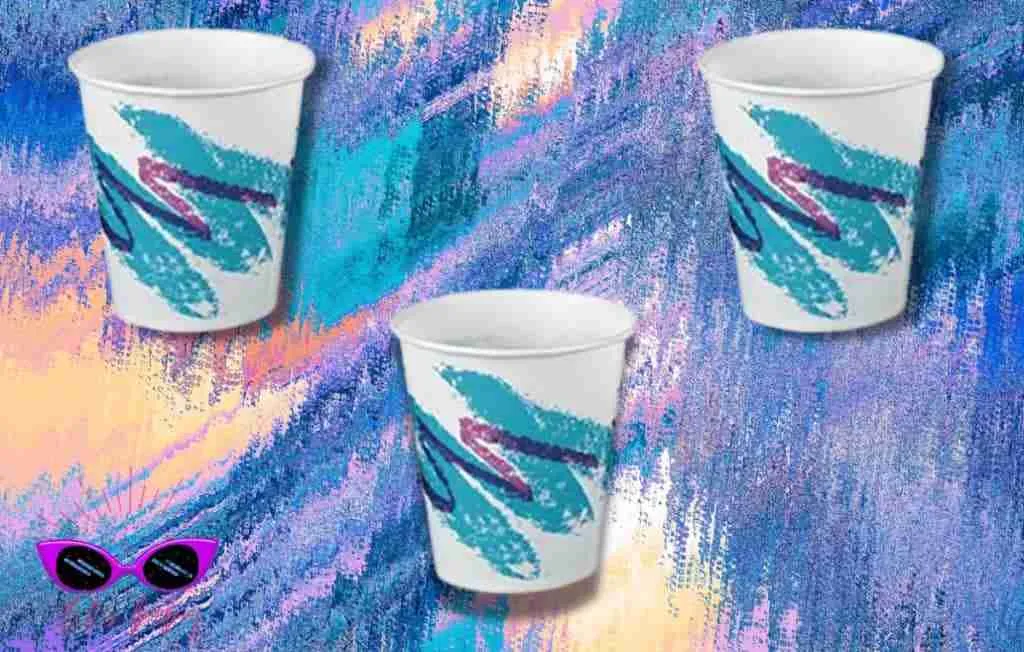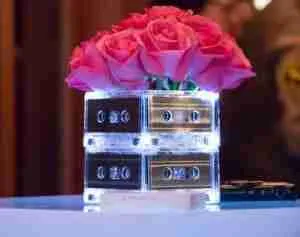The Best Fluffy Pancakes recipe you will fall in love with. Full of tips and tricks to help you make the best pancakes.
The 90s were a time of great change. One of the most significant changes was the way we approached disposable cups. In the past, these cups were seen as trash that would be thrown away after one use. But the 90s brought about a new attitude towards disposable cups, embodied by the Solo Cup.
The Solo Cup quickly became an icon of the 90s, and its story is one of innovation and reinvention. This cup was different than any other before it. It was sturdy, could be reused, and had a variety of uses beyond just holding drinks. Below I will explain the story behind the famous 90s cups.
The name of the 90s cup
Solo Cup Company, now known as Dart Container Corporation, is the manufacturer of the 90s cup. The company was founded in 1936 by Leo Hulseman. It originally started as a paper product maker but soon began experimenting with plastic. In 1955, the company created its first plastic cup. This cup was made of thin, flimsy plastic and was not very durable. However, it was still a major innovation and quickly became popular.
In the 1970s, Solo Cup Company introduced a new line of cups called “The Unbreakable.” These cups were thicker plastic and much more durable than their predecessors. They quickly became popular among partygoers and bar-goers who wanted a cup that wouldn’t break if it was dropped.
In the 1980s, Solo Cup Company introduced a new product that would change how we think about disposable cups forever: the Solo Cup. The Solo Cup was made of thick, sturdy plastic and could be reused multiple times.
It quickly became popular among people who wanted a cup that they could use over and over again. On the other hand, the Dixie cups have the same items, but it was founded by Lawrence Luellen, an entirely different company.
The attitude change toward disposable cups that happens in the 90s
In the 90s, the attitude towards disposable cups changed dramatically. In the past, these cups were seen as trash that would be thrown away after one use. But the 90s brought about a new attitude towards disposable cups, embodied by the Solo Cup.
This cup was different than any other before it. It was sturdy, could be reused, and had a variety of uses beyond just holding drinks. The Solo Cup quickly became an icon of the 90s, and its story is one of innovation and reinvention.
The way the Solo Cup company became an icon of the 90s
The Solo Cup became an icon of the 90s because it was different from any other cup. It quickly became popular among people who wanted a cup that they could use over and over again.
It was made of thick, sturdy plastic and could be reused multiple times. The Solo Cup was also affordable, making it accessible to everyone. These factors made the Solo Cup an icon of the 90s.
What made the Solo Cup different from other cups?
The Solo Cup was different from other cups because it was made of thick, sturdy plastic and could be reused multiple times. It quickly became popular among people who wanted a cup that they could use over and over again. The Solo Cup was also affordable, making it accessible to everyone. These factors made the Solo Cup an icon of the 90s.
What are some of the uses for the Solo paper Cups?
The Solo Cup can be used for various things beyond just holding drinks. It can be used as a storage container, a plant pot, or a makeshift stool. The versatility of the Solo Cup makes it one of the most iconic products of the 90s.
Who made the jazz paper Cup design?
The Solo Cup jazz design was inspired by the Art Deco movement of the 1920s. Gina Ekiss, the creator of the disposable cup design, was influenced by this period when she created the jazz cup pattern in 1992. The results of her creation became one of the most recognizable patterns from the 90s and can still be found for purchase today and for many more decades. This was a company created with this pattern called the Sweetheart Cup Company, but in 2004 Solo Cup Company purchased this brand, and now they own all the rights to the print.
What is the significance of the 90s cup?
The 90s cup is significant because it represents a change in attitude towards disposable cups. In the past, these cups were seen as trash that would be thrown away after one use. But the 90s brought about a new attitude towards disposable cups, embodied by the Solo Cup.
This cup was different than any other before it. It was sturdy, could be reused, and had a variety of uses beyond. The Solo Jazz pattern is copyrighted and can only be used with permission from the Solo Cup Company.
What can we learn from the story of the Solo Cup?
The story of the Solo Cup teaches us that innovation can come from anywhere. The Solo Cup was created by a company known for its disposable cups. But the company saw an opportunity to create something new and different, and they did just that. The result was a product that forever changed how we think about disposable cups.






